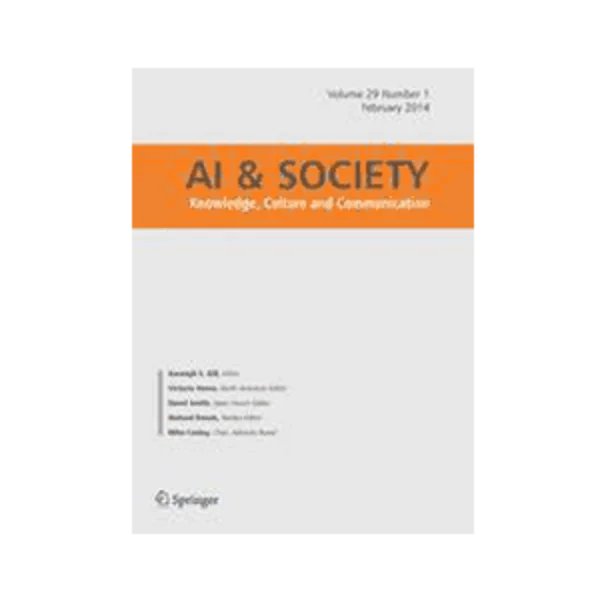-
mapping the cognitive environment of fifth graders: an empirical analysis for use in environmental planning
جزئیات بیشتر مقاله- تاریخ ارائه: 1392/07/24
- تاریخ انتشار در تی پی بین: 1392/07/24
- تعداد بازدید: 1152
- تعداد پرسش و پاسخ ها: 0
- شماره تماس دبیرخانه رویداد: -
this study employs an experiment investigating cognitive mapping of fifth-grade children living in a remote village environment, wherein characteristics of the landscape included paths, landmarks, nodes, edges, and districts. two aspects of analysis were salient in this study. first, important landscape characteristics and their frequency of appearance in the cognitive maps were tabulated and illustrated as a layout map. second, inaccurate cognitive maps were structurally analyzed to account for any incompleteness, distortions, and augmentation of actual environments found in some map samples. focus on gender differences in children’s environmental cognition in terms of symbolic representation skills utilized in cognitive mapping is of special interest in this case study. results confirm piaget’s theory that older children, aged ten or more, begin to use projective and euclidean concepts. furthermore, boys used a greater variety of symbols to represent a particular landscape characteristic, a cultural temple, than did the girls. finally, we hypothesize that the ‘hunter–gatherer’ social divisions of labor between men and women in the village’s early historical social structure are consequentially related to gender discrepancies in cognitive mapping symbolic representation skills, in non-english-speaking children.
مقالات جدیدترین رویدادها
-
استفاده از تحلیل اهمیت-عملکرد در ارائه الگوی مدیریت خلاقیت سازمانی و ارائه راهکار جهت بهبود
-
بررسی تاثیر ارزش وجوه نقد مازاد بر ساختار سرمایه شرکت های پذیرفته شده در بورس اوراق بهادار تهران
-
بررسی تأثیر سطح افشای ریسک بر قرارداد بدهی شرکت های پذیرفته شده در بورس اوراق بهادار تهران
-
بررسی تأثیر رتبه بندی اعتباری مبتنی بر مدل امتیاز بازار نوظهور بر نقد شوندگی سهام با تأکید بر خصوصی سازی شرکت ها
-
تأثیر آمیخته بازاریابی پوشاک ایرانی بر تصویر ذهنی مشتری پوشاک ایرانی (هاکوپیان)
-
ارائه مدلی برای رتبه بندی ریسک پروژه ها به روش نمونه گیری مجدد جک نایف همراه با تحلیل بازه ای
-
بررسی نقش it در توسعه صنعت گردشگری
-
شبکه های اجتماعی و آموزش و پرورش
-
تشخیص ترافیک ناهنجاری شبکه با استفاده از ماشین بردار پشتیبان
-
a linear-dendritic cationic vector for efficient dna grasp and delivery
مقالات جدیدترین ژورنال ها
-
مدیریت و بررسی افسردگی دانش آموزان دختر مقطع متوسطه دوم در دروان کرونا در شهرستان دزفول
-
مدیریت و بررسی خرد سیاسی در اندیشه ی فردوسی در ادب ایران
-
واکاوی و مدیریت توصیفی قلمدان(جاکلیدی)ضریح در موزه آستان قدس رضوی
-
بررسی تاثیر خلاقیت، دانش و انگیزه کارکنان بر پیشنهادات نوآورانه کارکنان ( مورد مطالعه: هتل های 3 و 4 ستاره استان کرمان)
-
بررسی تاثیر کیفیت سیستم های اطلاعاتی بر تصمیم گیری موفق در شرکتهای تولیدی استان اصفهان (مورد مطالعه: مدیران شرکتهای تولیدی استان اصفهان)
-
بررسی و مقایسه سرعت روایت در دو حکایت از مثنوی معنوی با مآخذ آنها براساس نظریه روایت شناسی جرالد پرینس
-
بررسی اثرات مدیریت کیفیت جامع بر عملکرد سازمانی
-
الگویابی معادلات ساختاری اثر کیفیت زندگی بر مشکلات رفتاری-عاطفی دانشجویان خانواده شهدا با میانجیگری عمل به باورهای دینی
-
بررسی تاثیر افزودنی های مختلف بر مشخصات مکانیکی آسفالت سرد تولید شده با قیر امولسیون
-
بررسی تاثیر مدیریت اسلامی بر انگیزش کارکنان آموزش و پرورش شهرستان ایلام




سوال خود را در مورد این مقاله مطرح نمایید :